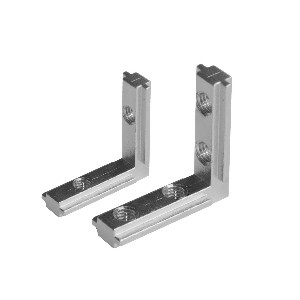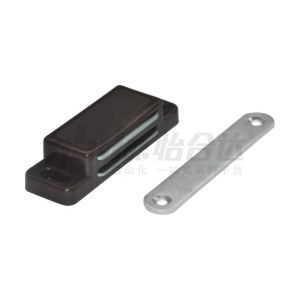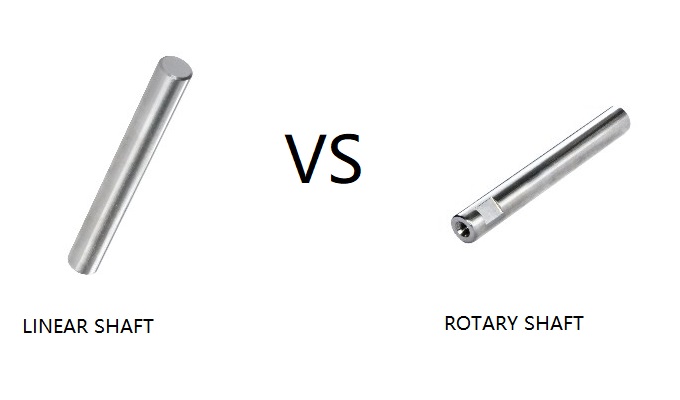Introduction
Brackets are crucial components for reinforcement and fixation in mechanical parts, widely used across various industries including automotive, industrial machinery, and furniture. This article provides a detailed introduction to the definition, manufacturing methods, main types, and selection criteria of brackets, helping readers better understand and utilize them.
What is a Bracket?
A bracket is a metal or resin fitting used to enhance the strength of mechanical parts or connect different components. Brackets come in various shapes and types and are widely used in furniture, automobiles, electrical equipment, medical devices, and construction. They are typically manufactured through sheet metal processing, stamping, cutting, and injection molding, and often feature holes for screw or bolt fixation.
Manufacturing Methods of Brackets
Brackets have relatively simple shapes and are usually made from flat steel or steel plates. Common manufacturing methods include:
Sheet Metal Processing: Involves cutting, bending, and welding metal sheets into the desired shape. This method is suitable for producing brackets with complex shapes and high strength.
Stamping: Uses stamping dies to form metal sheets, ideal for mass-producing standardized brackets.
Cutting: Involves turning, milling, and other cutting processes to machine metal or plastic materials, suitable for producing brackets with high precision requirements.
Injection Molding: Injects molten plastic into molds and cools them to form, mainly used for producing resin brackets.
The materials and production methods of brackets vary depending on their purpose, shape, and required precision.
L-Shaped Bracket
Description: The most common type, simple in shape and right-angled.
Applications: Widely used for shelf support, machine tools, and electrical equipment.
Advantages: Low cost, easy to obtain, and space-saving.
Disadvantages: Relatively low load-bearing capacity.

Triangle Bracket
Description: Triangular in shape, offering superior structural stability.
Applications: Commonly used for wall-mounted heavy loads or as reinforcement in industrial machinery.
Advantages: High strength, capable of bearing significant loads.
Disadvantages: Larger volume, requires careful placement to avoid collisions with other furniture or components.
Square Bracket
Description: Square or rectangular in shape, similar to the triangle bracket but more square.
Applications: Suitable for supporting and fixing multi-layer shelves.
Advantages: Can accommodate multiple shelves, flexible in use.
Disadvantages: Not as strong as triangle brackets but performs well in multi-layer structures.
I-Shaped Bracket
Description: Features a protruding reception part from the wall, with a simple design.
Applications: Suitable for occasions where an aesthetic appearance is needed, such as display racks.
Advantages: Attractive design, neat appearance.
Disadvantages: Lower load-bearing capacity, requires careful use.
A-Shaped Bracket
Description: Shaped like the letter "A," used to fix rod-shaped objects.
Applications: Commonly used for hanging rods, etc.
Advantages: Neat appearance, suitable for home use.
Disadvantages: Limited load capacity, not suitable for bearing heavy objects.
Z-Shaped Bracket
Description: Shaped like the letter "Z," can be used to connect objects of different heights.
Applications: Suitable for fixing automotive parts, small sensors, etc.
Advantages: Unique structure, strong adaptability.
Disadvantages: Requires enough installation space, not suitable for confined spaces.
Convex Bracket
Description: Convex in shape, fixed on both sides, offering high stability.
Applications: Used for fixing automotive parts, wooden products, etc.
Advantages: High strength, strong anti-vibration capability.
Disadvantages: Installation requires a large area, low space utilization.

How to Choose a Bracket
When selecting a bracket, consider the following points:
Material: Choose the appropriate material based on the usage environment, such as stainless steel for high strength and corrosion resistance, steel for low cost, and resin for lightweight and complex shapes. Plastic brackets are suitable for lightweight and anti-corrosion needs.
Size and Shape: Select the appropriate size and shape based on the specific application needs to ensure the bracket provides sufficient support and stability.
Installation Method: Consider the installation method of the bracket, such as screw fixation, welding, etc., and choose the method suitable for the installation environment and requirements.
Purpose: Choose the bracket with the appropriate shape according to the specific purpose, such as L-shaped and triangular for reinforcing and fixing large items, I-shaped for shelves, and Z-shaped for fixing small parts.
Specifications: Check whether the size of the bracket matches the objects to be connected to avoid installation issues due to size discrepancies.
Load Capacity: Select the appropriate load capacity based on the usage situation to ensure it can safely bear the items.
Environment: Consider the usage environment of the bracket, such as indoor, outdoor, high temperature, low temperature, humidity, etc., and choose the material and surface treatment suitable for the environment.
Conclusion
As an important component in various products such as machinery, furniture, and automobiles, the selection of brackets should fully consider factors such as material, purpose, specifications, and load capacity. By reasonably selecting and using brackets, the stability and safety of the products can be effectively enhanced.





